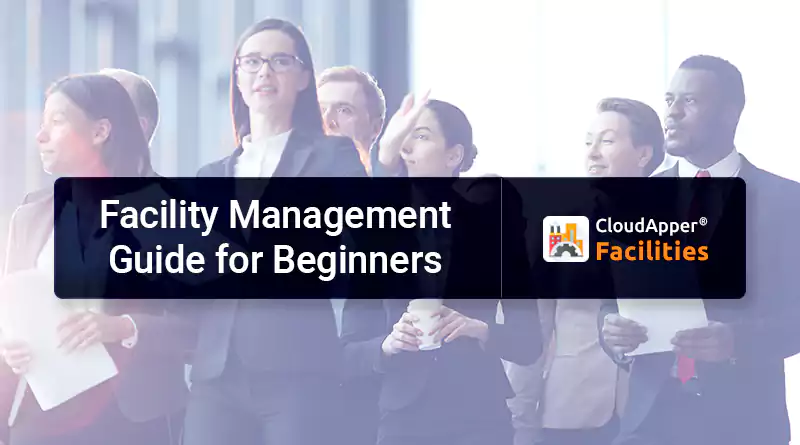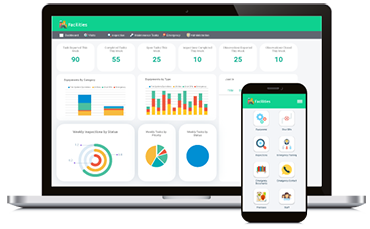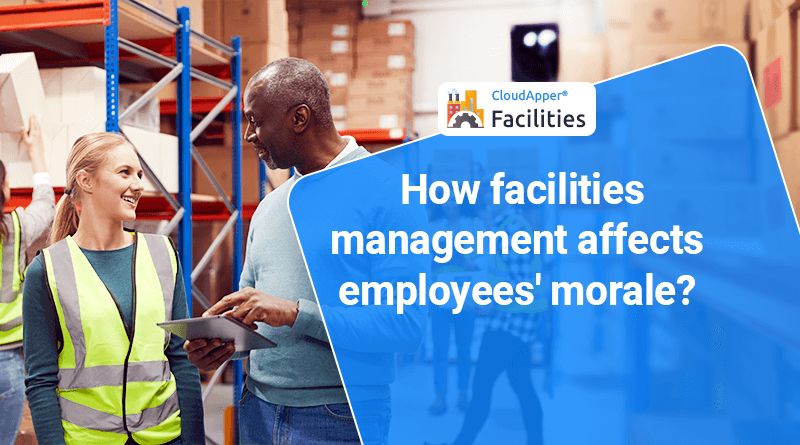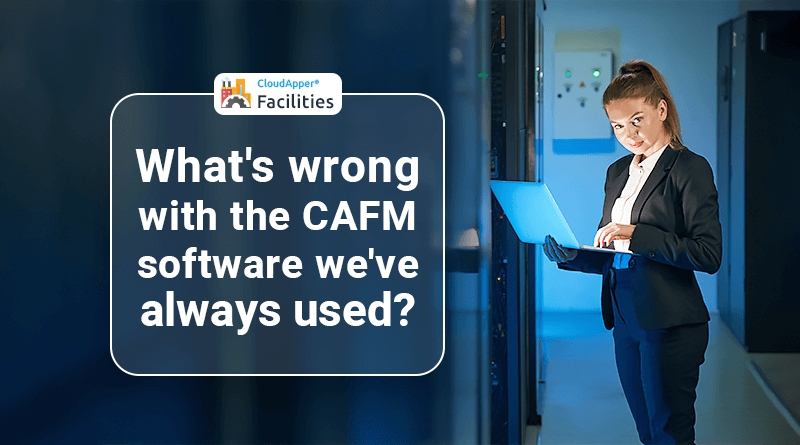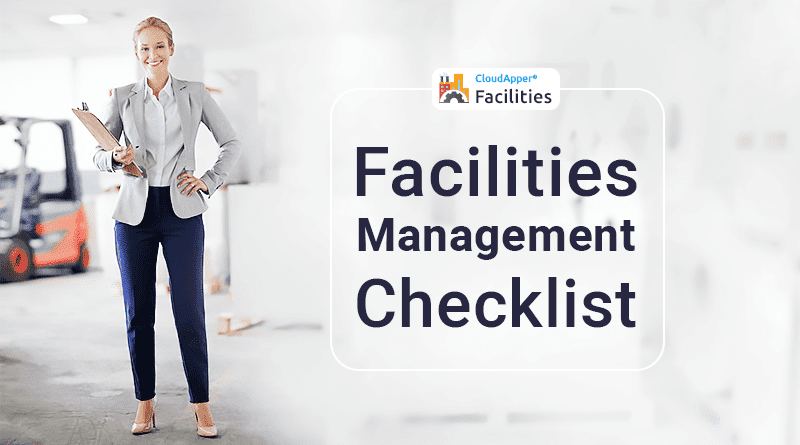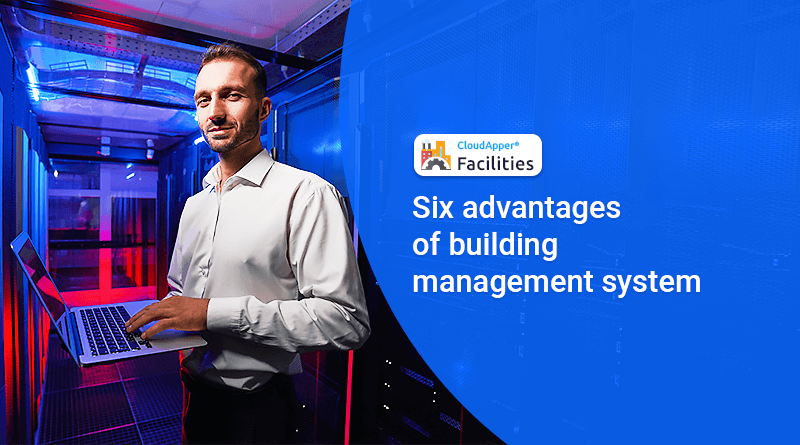Facility management is an extensive, growing field that is constantly evolving. If you’re searching for an instructional guide to managing your facility, there are plenty of choices going back decades. The reason for so many choices is that the responsibilities of facilities managers (FM) are continuing to change and expand, particularly in the time of digital workplaces.
If you’re considering getting into the field or determining whether your business needs an FM, it’s helpful to know what it takes to be an FM. We’ve put together a facility management field overview here, and we call it our “Quick Facility Management Guide for Beginners.”
Lesson 1: What is facility management?
The most effective place to begin is to have a thorough understanding of the roles in facilities management. In reality, they are classified into three major areas:
- Maintaining and improving buildings
- Ensuring that facilities meet the requirements of the people who live there
- Utilizing and integrating workplace technology
Incorporating these principles into company operations is the foundation for the company’s success. Imagine every pillar of facilities management as the Venn diagram. The overlap between them and awareness of these cross-sections is the basis for effective facilities management.
Lesson 2: Quick facility management statistics and strategies
What makes facility management vital? In addition to creating a working environment that’s friendly to staff and essential to the company’s success, facility management is of increasing importance to companies looking to reduce costs.
The value of the commercial real estate is close to 950 billion dollars in the U.S. Smart companies see the workplace as an asset that they can control and get the most value from. To achieve this, investment in the management of facilities is essential. Let’s look over some tips for managing facilities to reduce costs and the reasons it can be beneficial to keep costs in check:
- Be aware of the space you use.
It’s not about the number of people that can fit into a room; it’s about maximizing ROI by giving people the tools they need to succeed inside it.
- Explore different kinds of workspaces within your office.
Everyone doesn’t need the same space, and experimenting with various styles of space can help increase the ROI of your business.
- Learn how the digitization of workplaces plays a part in reducing costs.
Take aspects like the remote worker, optimizing information, and the insights into costs of working into consideration.
Optimizing the workplace is about being aware of the workplace and its needs. This requires an individual with a deep understanding of the area, the people who work in it, and the technologies that surround it. There’s a reason that these are the main responsibilities of the management of facilities.
Lesson 3: Who decides the standards for facility management?
Like all fields of professional work, facilities management is also susceptible to standardization. There are best practices in facility management practices that have been established by international and national organizations with the express purpose of setting standards for consistency, quality, and efficiency.
- The International Standards Organization (ISO) and namely ISO 4011:2017
- The International Facilities Management Association (IFMA)
- The American National Standards Institute (ANSI)
- The Institute of Workplace and Facilities Management (IWFM) (U.K.)
- The Building Owners and Managers Association (BOMA)
These organizations and others similar to them set the standard for facility management in the current era. They develop best practices, are aware of the latest trends in the field, publish reports on the latest developments and offer accreditation and educational programs to enhance facility management. They are, in the end, the major participants in the standardization of facilities management across different industries.
Lesson 4: Designing Facility action plans
In addition to taking care of the physical assets of a workplace, facility managers also focus extensively on process development. The umbrella of the facility management plan includes processes such as making maintenance requests, planning, moving, and evaluating the performance of vendors.
Processes and action plans are essential to any business as they determine how workplaces are used. It’s not enough just to offer workers space to work in. There have to be policies and procedures to ensure that their needs are being met. It can be as simple as sending a support ticket to broken computers or as complex as potentially life-saving actions such as organizing an emergency evacuation schedule. If it occurs within facilities, it is under the management of facilities.
Lesson 5: The top facilities management traits
The range of facility manager responsibilities is constantly expanding. The best candidates bring a broad range of skills and put them to use every day in solving problems and anticipating needs in the workplace. The following are the skills in high demand:
- Organization and management that is well-organized and well-structured
- Leadership and project management skills
- Problem-solving and creative adaptation
- Ability to lead and communicate
- Management of risk and identification of risks
- Quality control and care for the fine details
It’s no surprise that many of these behaviors are in the direction of management accountability, organization, and management. There’s much riding on the way the workplace is run. Anyone willing to take on the responsibility must accept the numerous challenges associated with facility management and have the skills to overcome them.
6. Keep the current industry trends in mind
As previously mentioned, facility management is a constantly evolving field, more so today than ever. The most important thing for an FM to do to stay on track is to pay attention to the requirements of the facilities and the individuals who utilize the facilities. The demands of individuals and the manner in which they operate create new trends in facilities management. It’s the facility manager’s job to ensure that these are embraced, optimized, and evaluated.
For more details on the best facility management practices or other tips, please get in touch with CloudApper or test our software for managing facilities.

